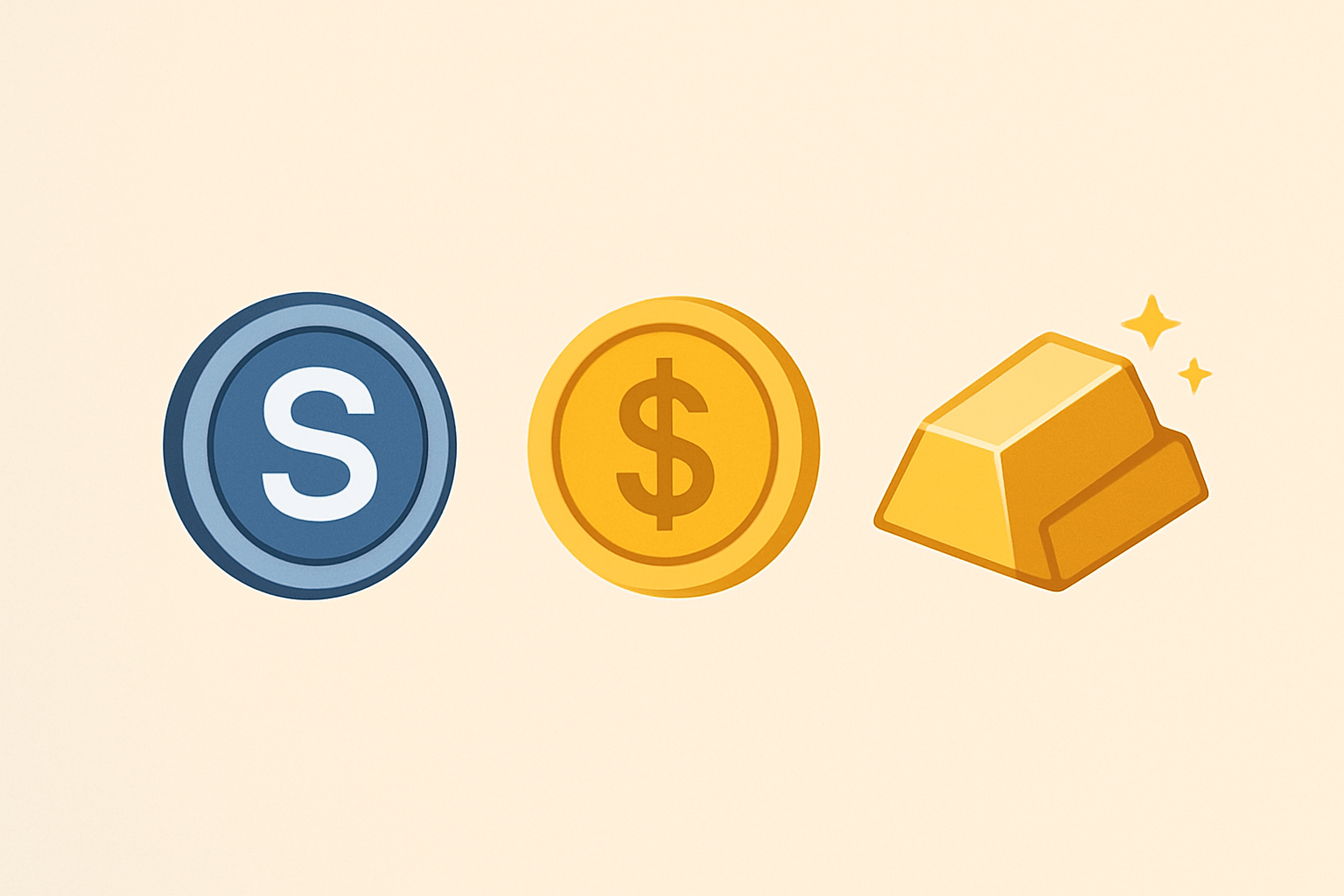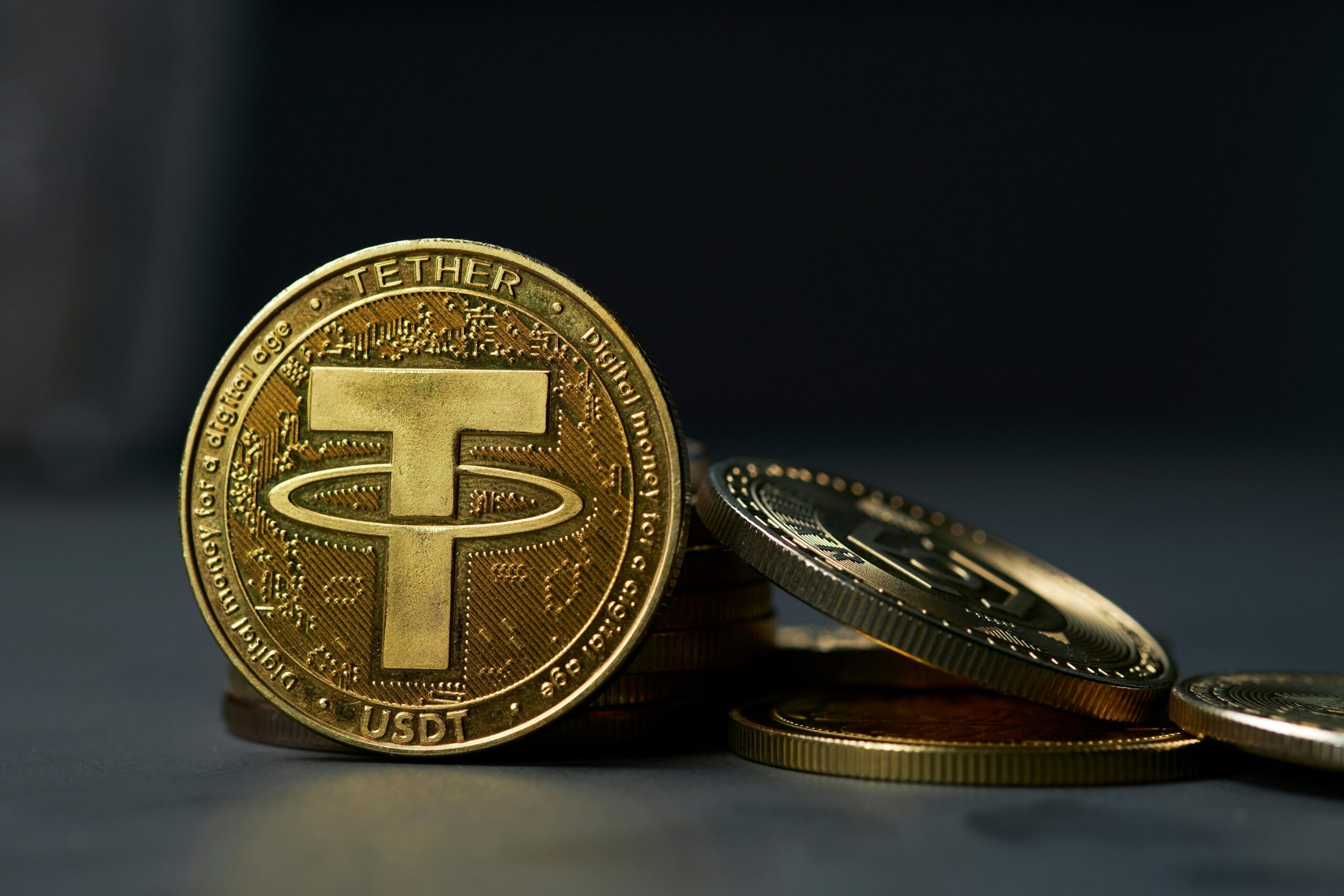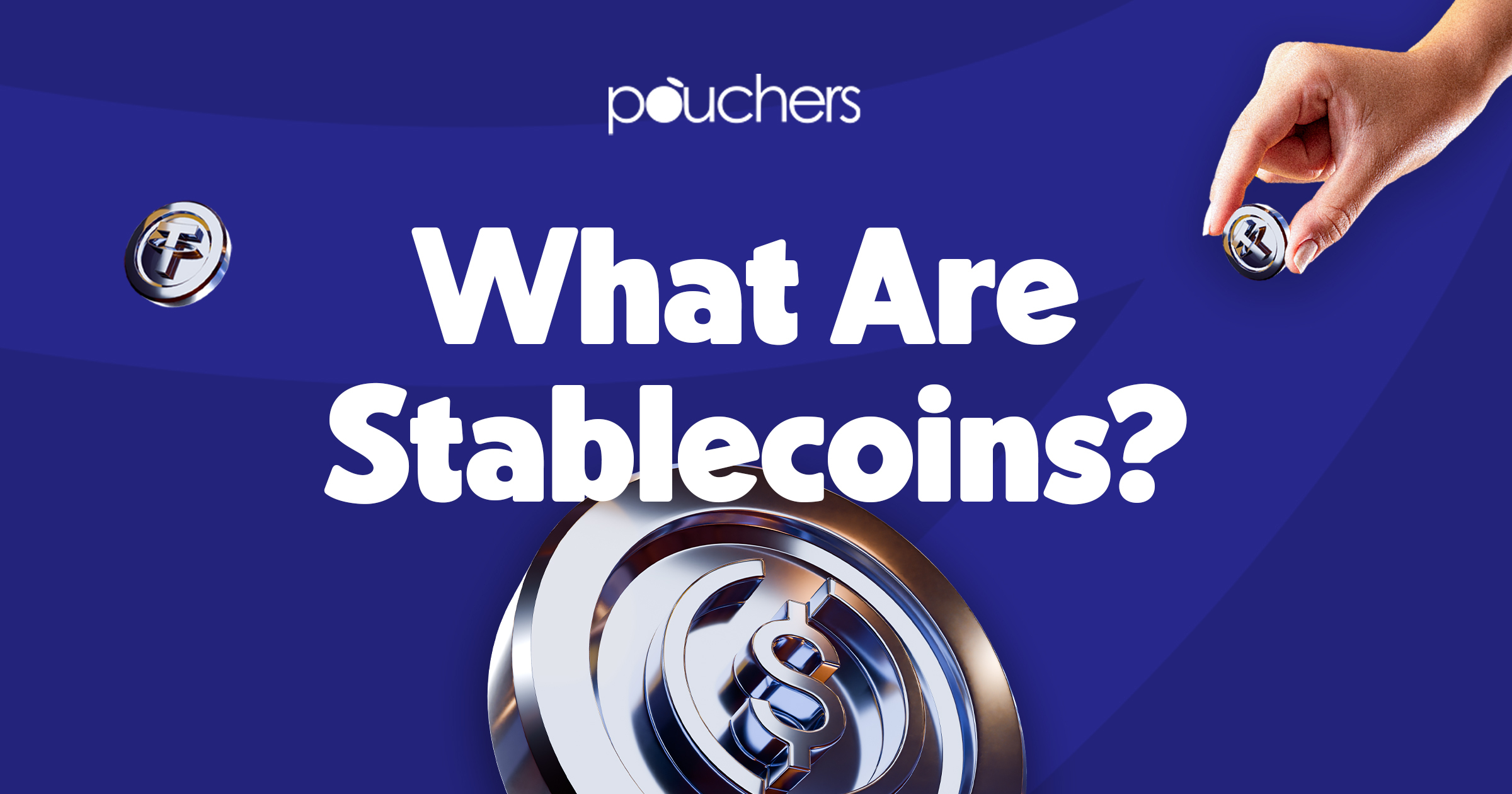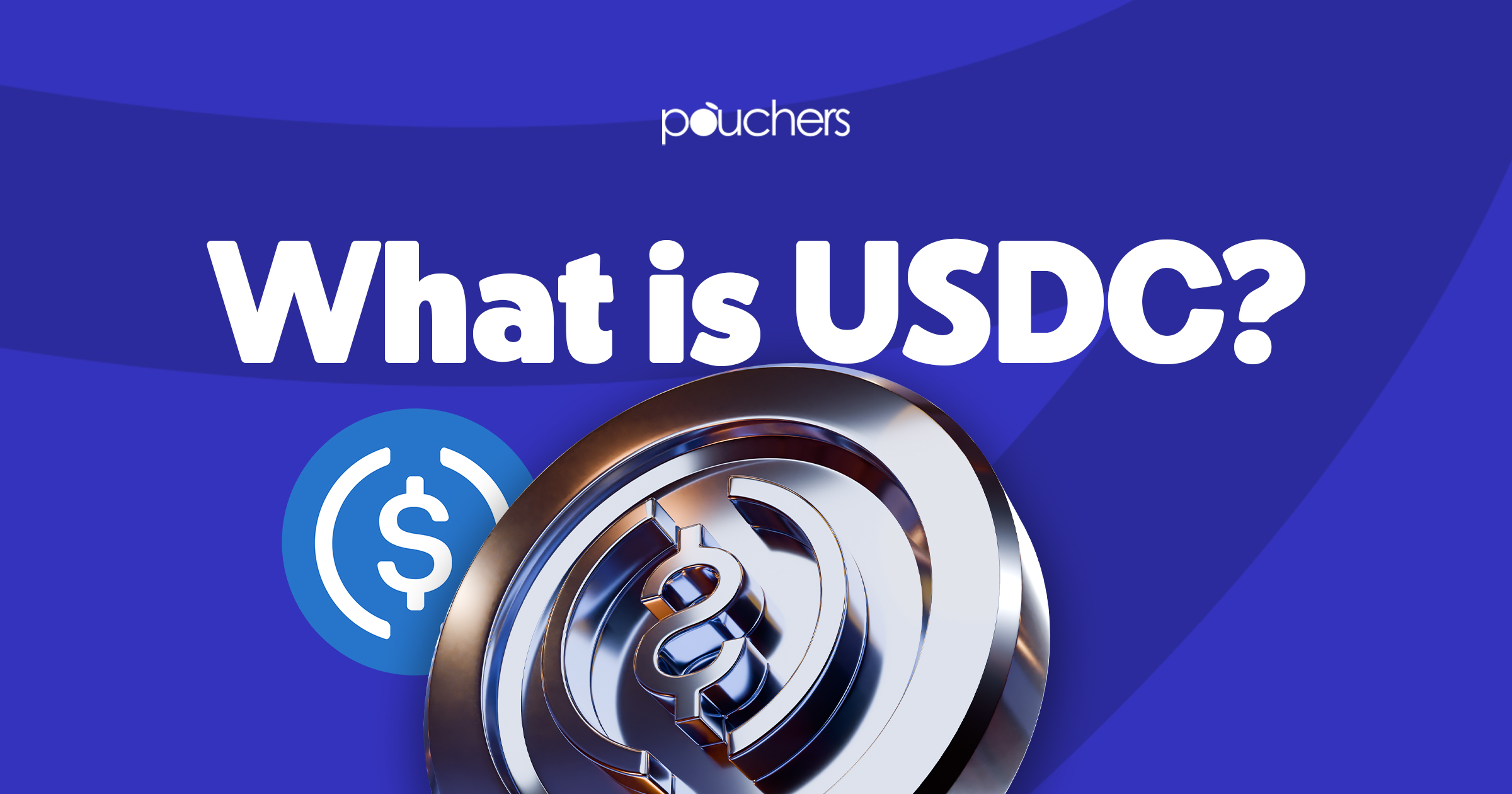You know how crypto prices can jump today and crash tomorrow? One minute you’re up, the next you’re wondering where your money went. That’s where stablecoins come in. They’re the chill ones in the crypto space.
While coins like Bitcoin are doing rollercoaster stunts, stablecoins are just sitting pretty, keeping their value steady by being pegged to the US dollar.
Here’s the interesting part: stablecoins are no longer a side topic. At the time of writing this article, stablecoins boast a market cap of over $250 billion, making up about 6.4% of the entire crypto market. That’s a big deal for something that should stay the same.
So what makes stablecoins different from other digital coins? How do they actually keep their value stable? And why are people across the world, from regular users to big companies, taking them so seriously now?
Let’s break it down.
What Are Stablecoins?

Stablecoins are cryptocurrencies pegged 1:1 to real assets like the US dollar and gold. Unlike regular cryptocurrencies like Bitcoin and Ethereum, which can swing wildly in price, stablecoins are designed to hold the same value over time.
Also, when a stablecoin says it’s worth $1, there’s usually a reserve backing that value to keep it consistent. This backing could be actual money in a bank, crypto held as collateral, or a system of algorithms that adjust supply and demand to maintain balance.
Each type has its own method for staying stable; some are more trusted than others. But ultimately, they all exist for the same reason: to make crypto less chaotic and more practical for everyday use.
How Do Stablecoins Work?
Stablecoins might sound simple on the surface, but a lot is going on behind the scenes to keep their value steady. The idea is to create a digital coin that doesn’t randomly spike or crash.
To do that, stablecoins rely on something solid to keep their price anchored, and that “something” can come in different forms.
The most common method is fiat backing, where each stablecoin is backed by actual money in a bank account. This setup is straightforward and easy to trust, which is why fiat-backed stablecoins are the most popular.
Then there are crypto-backed stablecoins. These don’t use traditional money as reserves. Instead, they’re backed by other cryptocurrencies like Ether or Bitcoin.
Since crypto prices can change fast, these coins are often overcollateralized. That means the system holds more in reserves than the value of the stablecoins issued, just to be safe. DAI is a good example of this model.
A third type is the algorithmic stablecoin. These don’t rely on reserves at all. Instead, they use smart contracts that adjust the coin’s supply based on market demand.
If the price rises above its peg, the system creates more coins to decrease the price. If it drops, it reduces the supply. It sounds clever, but this model has had mixed results, and not all algorithmic stablecoins have been able to hold their value.
Popular Stablecoins to Know
1. USDT (Tether)

USDT was launched in 2014 and is the most traded stablecoin globally. It’s pegged to the US dollar and backed by a mix of cash, short-term Treasury bills, and other assets. It’s available on almost every major exchange and is a go-to for fast, stable transfers.
2. USDC (USD Coin)
Circle released USDC in 2018. It is a dollar-pegged stablecoin backed 1:1 by fiat reserves held in regulated US banks. It’s known for being transparent, regularly audited, and widely used across DeFi apps and payment platforms.
3. DAI (now upgraded to USDS under Sky Protocol)
DAI is a decentralized stablecoin backed by overcollateralized crypto assets like Ethereum. It runs entirely on smart contracts without a central authority, making it a go-to option for DeFi users.
Earlier in 2025, MakerDAO launched USDS (Sky Dollar) as an upgraded version of DAI. While DAI is still in circulation, USDS has already overtaken its market cap ($7.9 billion) and brings new features under the Sky Protocol umbrella.
4. PAXG (Pax Gold)
PAXG is backed by real physical gold, with each token representing one fine troy ounce stored in London vaults. It gives you the benefits of owning gold with the flexibility of digital assets.
5. Ripple USD (RLUSD)
Launched in 2024, as part of the Ripple ecosystem, RLUSD is a stable digital currency pegged to the US dollar. Each token is backed by equivalent USD reserves, offering fast, low-cost transactions across the Ripple network while maintaining price stability for everyday use.
Benefits of Stablecoins
Stablecoins aren’t just popular for fun. They actually solve real problems in both crypto and traditional finance. Here are some of the key benefits that make them so useful:
1. Price Stability
Stablecoins are designed to hold their value, unlike regular cryptocurrencies, which can rise or crash within minutes. This makes them ideal for people who want to use crypto without the stress of constant price swings.
2. Fast and Low-Cost Transactions
Sending money with stablecoins is usually faster and cheaper than traditional banking, especially across borders. You don’t need to wait days or pay high fees to move funds.
3. Global Accessibility
Anyone with a smartphone and an internet connection can use stablecoins. You don’t need a bank account or credit score to store, send, or receive value. This is a game-changer in countries with limited access to financial services.
4. Protection Against Local Currency Devaluation
In places where inflation is high or the local currency keeps losing value, stablecoins offer a digital way to store money in a more stable currency, such as the US dollar or euro.
5. Useful for Trading and DeFi
Traders use stablecoins to quickly switch in and out of crypto positions without going back to fiat. They’re also the backbone of most DeFi platforms for lending, borrowing, staking, and more.
6. Easy Integration with Wallets and Apps
Stablecoins work with a wide range of crypto wallets, exchanges, and Web3 platforms. This makes them easy to use for payments, subscriptions, and online purchases.
Risks of Stablecoins
Stablecoins might feel like the safest crypto corner, but they still have a few red flags. Here are some of the biggest risks to watch out for:
1. Reserve Transparency Issues
Some stablecoins claim to be fully backed by real-world assets, but not all of them are 100% clear about what’s actually in their reserves. USDT, for example, has faced ongoing criticism over how much of its backing is truly in cash or cash equivalents.
2. Centralization Risks
Private companies control many stablecoins. This means your funds could be frozen, blacklisted, or even seized if regulators pressure the issuer. That level of control defeats the whole idea of crypto freedom.
3. Smart Contract Vulnerabilities
For decentralized stablecoins like DAI, the risk isn’t in a bank account; it’s in the code. Hackers can exploit bugs or loopholes in smart contracts; once that happens, it becomes difficult or even impossible to recover them.
4. Regulatory Uncertainty
Governments are still figuring out how to deal with stablecoins, although the US government has enacted the GENIUS Act to regulate how stablecoins are used. New laws could restrict their use, ban certain types, or force issuers to make major changes. That could limit access or even cause some coins to lose value overnight.
5. Failed Algorithms
Algorithmic stablecoins like TerraUSD (UST) showed how risky things can get without real backing. It collapsed in 2022, dragging billions of dollars with it and shaking trust in similar models.
Future Outlook of Stablecoins
Stablecoins are no longer just crypto buzzwords but are becoming real-world financial tools. From emerging markets to advanced economies, their use is expanding rapidly.
Let’s examine where stablecoins are gaining traction now and what that means for their future.
In Sub‑Saharan Africa, stablecoins like USDT and USDC account for about 43% of the region’s total crypto transaction volume. This surge stems from widespread currency devaluation, pushing users toward US dollar–pegged alternatives.
Nigeria, a standout player, handled roughly $59 billion in crypto transactions between July 2023 and June 2024, despite regulatory hurdles and a collapsing naira.
Most of these transfers were relatively small, about 85% under $1 million, highlighting how regular individuals and small businesses use stablecoins for remittances, imports, and savings.
In Argentina, where skyrocketing inflation erodes the peso’s value, people increasingly turn to USDT and USDC as a safeguard. On the Bitso exchange, these stablecoins made up 60% of all crypto purchases, reflecting how much locals in Argentina rely on them to preserve wealth.
Meanwhile, in the UAE, regulators have created frameworks for digitizing stablecoins. Abu Dhabi’s wealth fund is backing a dirham-pegged stablecoin, all aimed at responsibly integrating these digital assets into the broader financial system.
These real-world examples show that stablecoins are evolving from a crypto to practical financial tools used daily to bypass inflation, overcome banking limits, and facilitate remittances.
At the same time, regulatory action is shaping structure and trust. Striking the right balance between transparency and innovation will determine how stablecoins will grow.
Frequently Asked Questions (FAQs) About Stablecoins
How Do Stablecoins Keep Their Price Stable?
Stablecoins maintain their price through three main models: fiat-backed (like USDC and USDT, backed by dollars in reserve), crypto-backed (like DAI, overcollateralized with crypto), and algorithmic (which use code to control supply and demand). Each model has trade-offs in trust, decentralization, and reliability.
Why are Stablecoins So Useful in Countries Like Nigeria and Argentina?
In these countries, where local currencies are unstable or banks are unreliable, stablecoins offer a more dependable way to store and transfer value. They help individuals and businesses protect their savings from inflation, send remittances, and bypass traditional financial roadblocks.
What Are the Risks of Using stablecoins?
Stablecoins carry risks like a lack of transparency in reserves (e.g., with USDT), centralization (issuer control), smart contract vulnerabilities (in decentralized models), regulatory crackdowns, and failure of algorithmic models (as seen with TerraUSD in 2022).
Conclusion
Stablecoins are emerging as one of the most practical applications of blockchain technology.
Their ability to combine the speed and accessibility of crypto with the stability of traditional currencies is driving adoption across the globe, from inflation-hit economies like Argentina to forward-looking regulators in the UAE.
While risks exist, especially around transparency and regulation, stablecoins quickly transition from niche crypto tools into mainstream financial infrastructure.
Their role in remittances, savings, trading, and DeFi suggests they aren’t just a passing trend; they’re a foundational layer in the future of digital finance.






